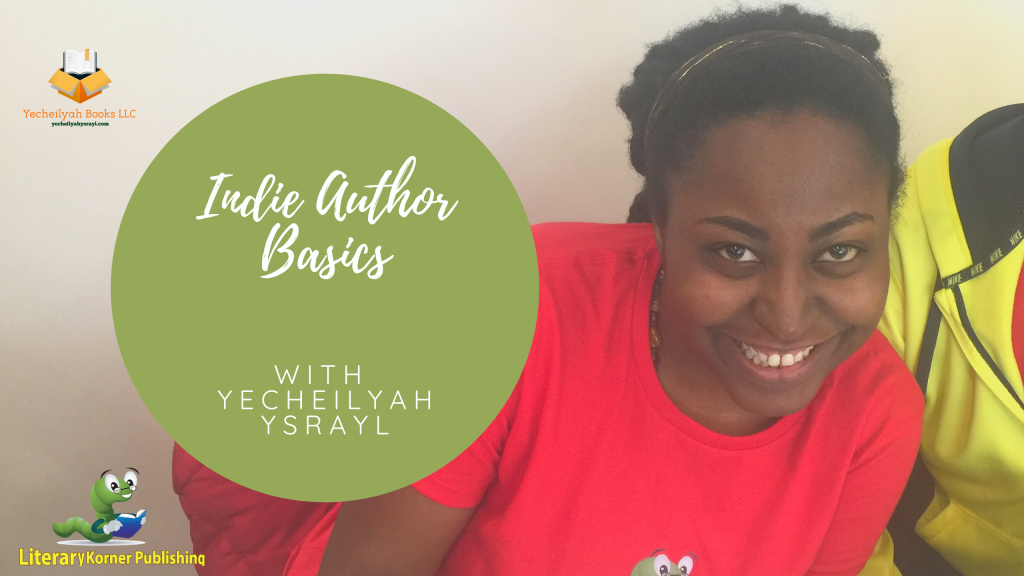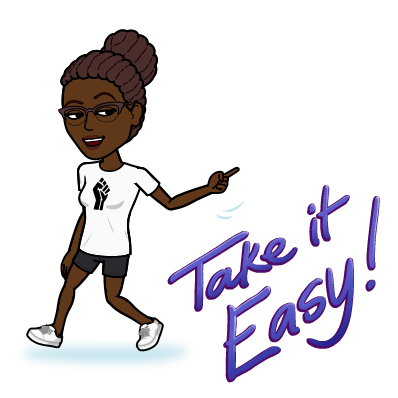
We hear a lot of the cons to self-publishing. Now, let’s talk about some perks!
One exciting benefit of self-publishing is not just being in control of how you will publish the book and who you want to help you, but you are also in control of distribution.
Remember, all self-publishing means is you are your own publisher.
You can decide where to sell the book and offer discounts and deals to bookstores and larger corporations who want to carry your title.
Publishing with Amazon is just one step in your author journey. You can also set up an account with Ingram Spark to configure these discounts, returns, and wholesale prices.
This becomes important when you start petitioning booksellers offline.
Navigating this part is exciting for authors who always dreamed of seeing their titles on the shelves of bookstores and libraries. (Do people still visit the library?)
It can also be a learning curve, though.
For instance, while getting books into bookstores is thrilling, the job is only complete once the book has been sold.
If the book does not sell, it will have to be returned, which means that your books will be returned to you if they do not sell.
For this reason, booksellers tend to put self-published authors on trial periods, only accepting so many books for a specified time, to test demand for the title.
However, you can also sell your book to booksellers and corporations as a publisher.
The world of self-publishing is extensive!
Should we go deeper into this side of the business? Let me know if you enjoyed this post and want to hear more on this topic!

